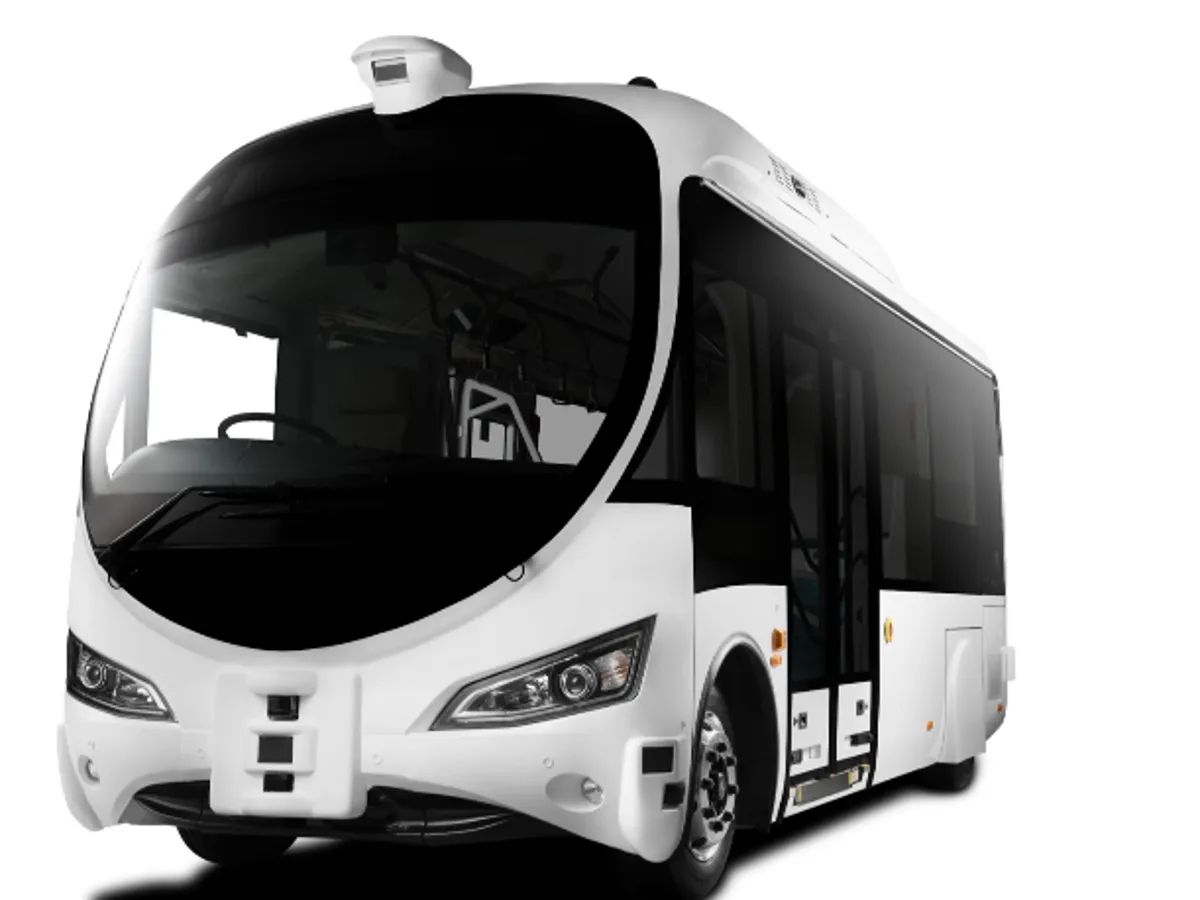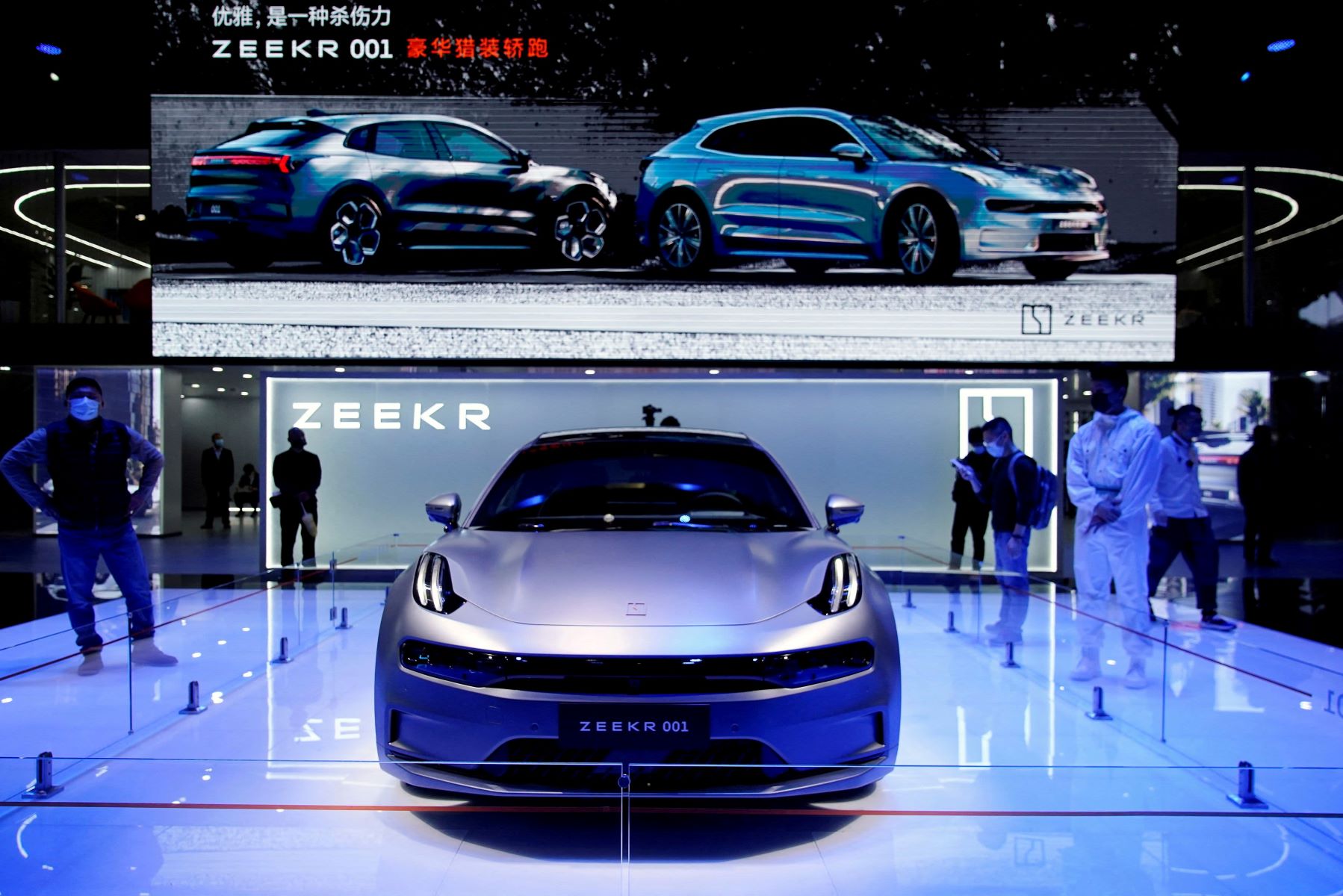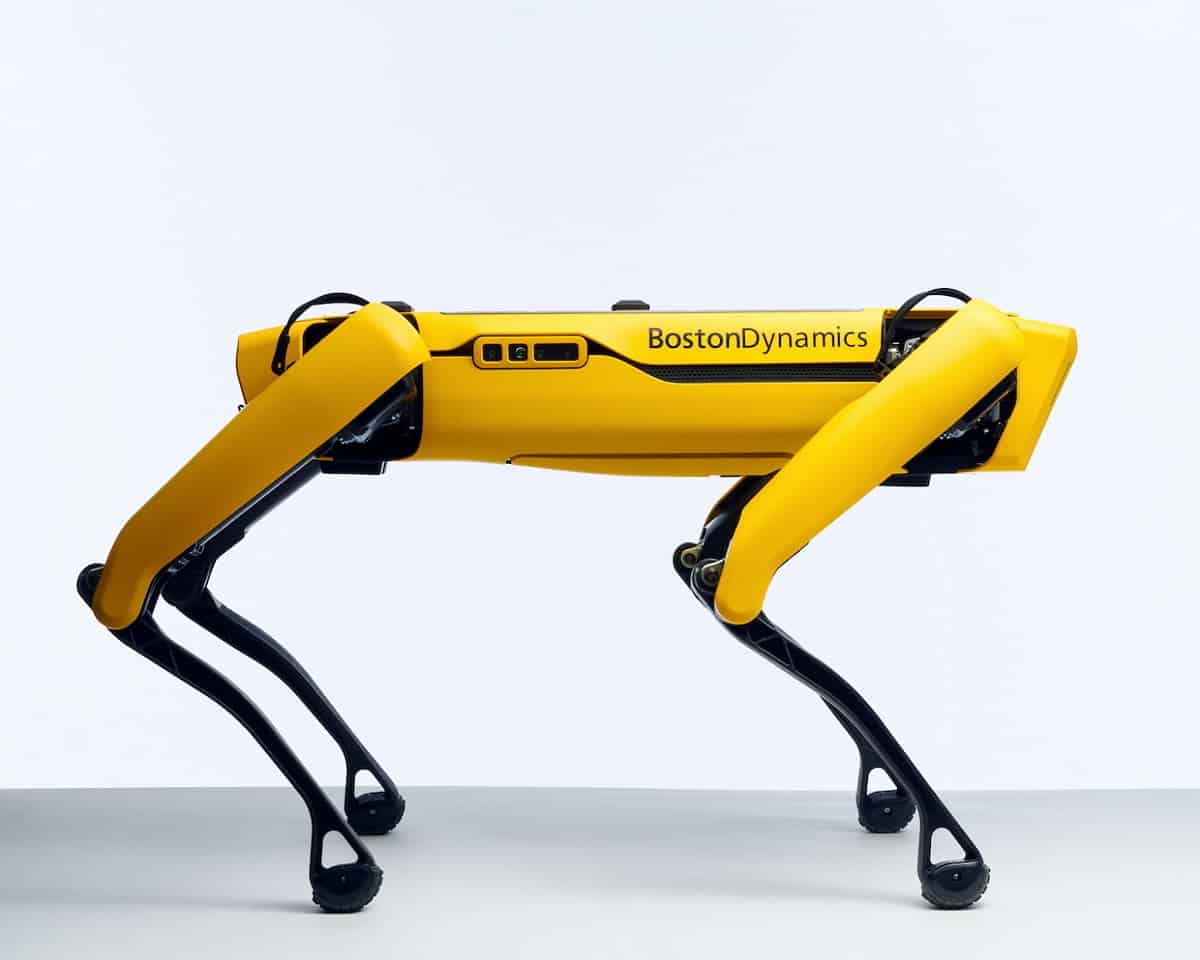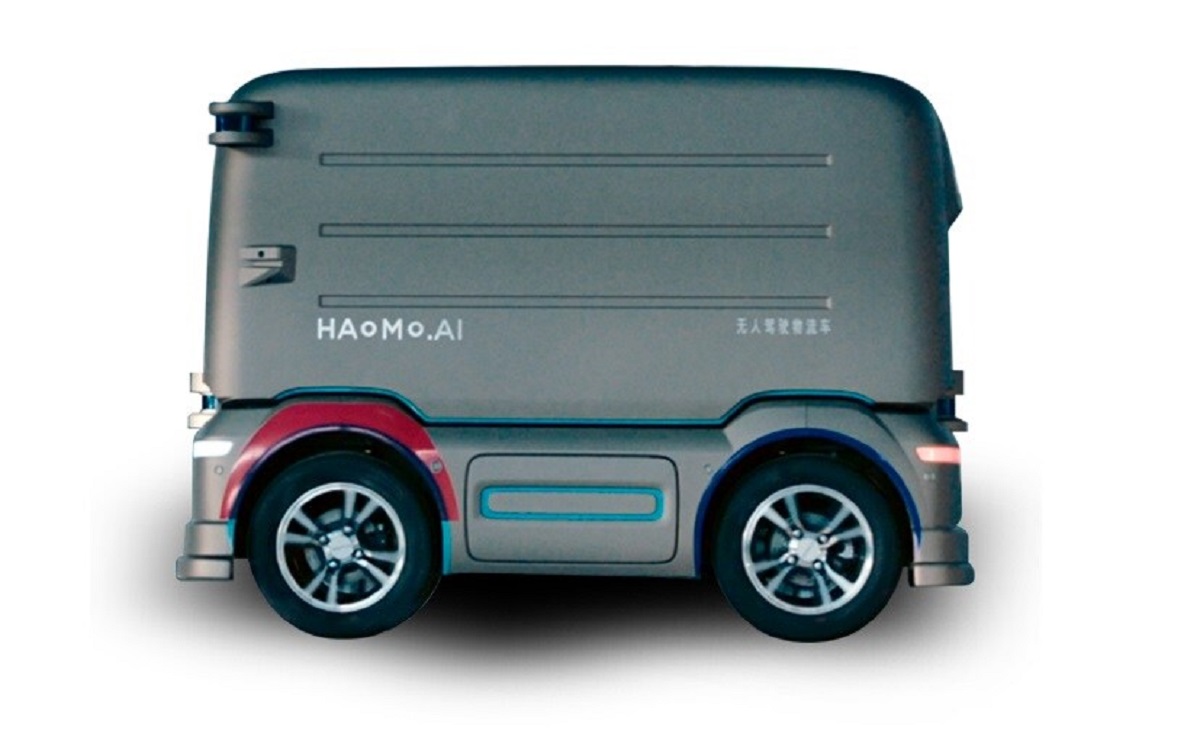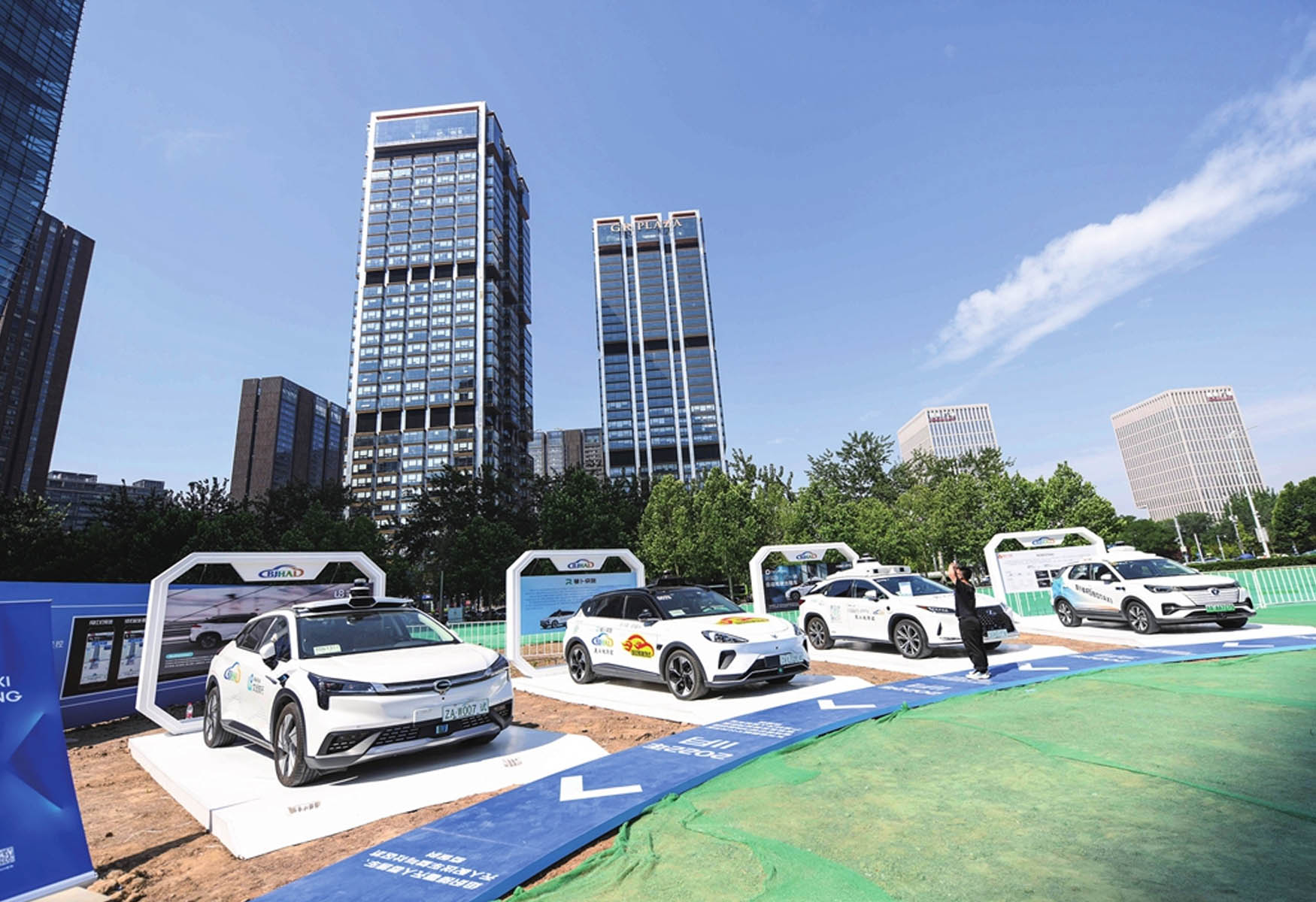China’s autonomous vehicle companies are now venturing into international markets after years of focusing on domestic expansion. WeRide, a prominent player in the industry, has recently made significant strides in this direction.
Key Takeaway
WeRide, a leading Chinese autonomous vehicle company, has obtained licenses to conduct large-scale testing of its autonomous buses on public roads in Singapore, marking a significant step in its global expansion efforts.
WeRide Obtains Licenses for Autonomous Bus Testing in Singapore
WeRide has announced that it has secured two licenses from the Land Transport Authority (LTA) of Singapore, allowing the company to conduct large-scale testing of its autonomous buses on public roads. The licenses, named M1 and T1, will enable WeRide to test its self-driving buses in various areas, including the One North tech cluster and the National University of Singapore.
Global Expansion Efforts of WeRide
This development in Singapore comes on the heels of WeRide obtaining a self-driving license to test its robotaxis on open roads in the United Arab Emirates. The company has also acquired various levels of autonomous vehicle permits in the United States and China, signaling its global ambitions.
Shift in Focus of China’s AV Companies
China’s autonomous vehicle companies have shifted their focus towards commercial efforts, moving away from the pursuit of Level 4 robotaxis. WeRide, for instance, is investing in autonomous buses that operate at lower speeds, follow fixed routes, and encounter less unpredictable traffic conditions.
Singapore’s AV Initiatives
Singapore, known for its dense population and aging workforce, has been actively exploring autonomous vehicles since 2014 to address its land and manpower constraints. The city-state has adopted a measured approach to deploying AVs, completing the first phase in controlled environments and moving towards allowing AVs to operate in selected areas in the second phase.







